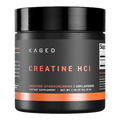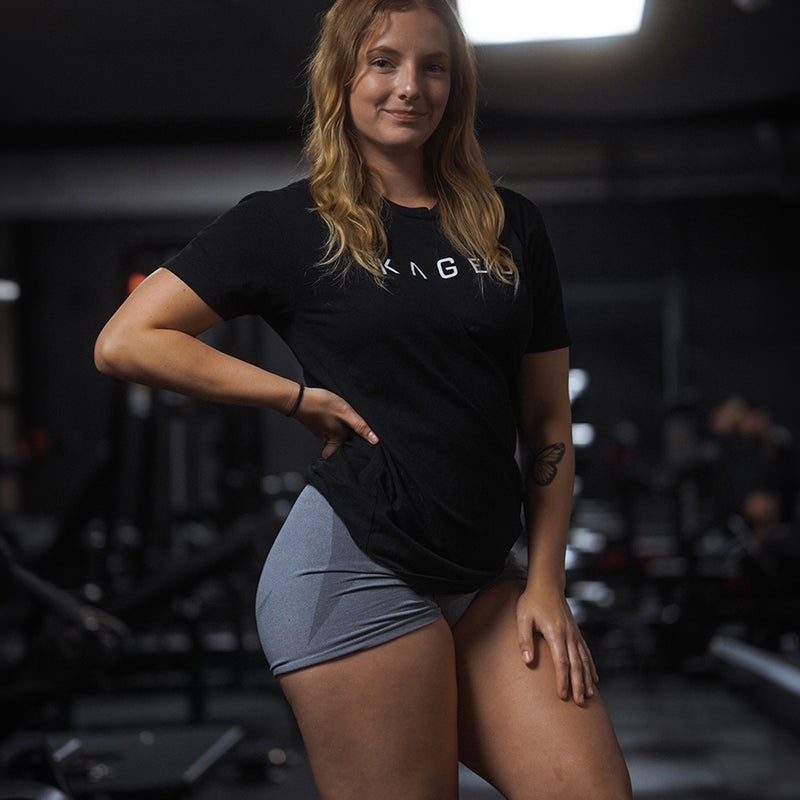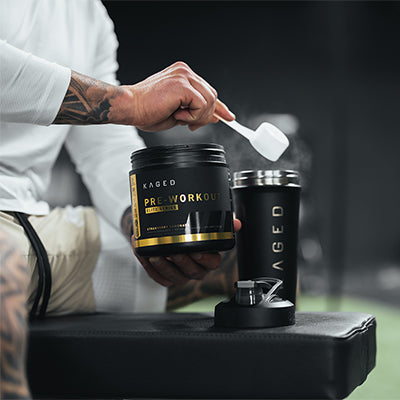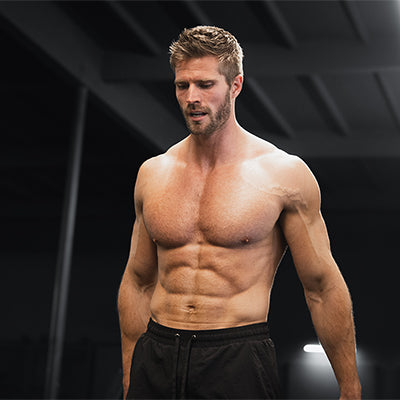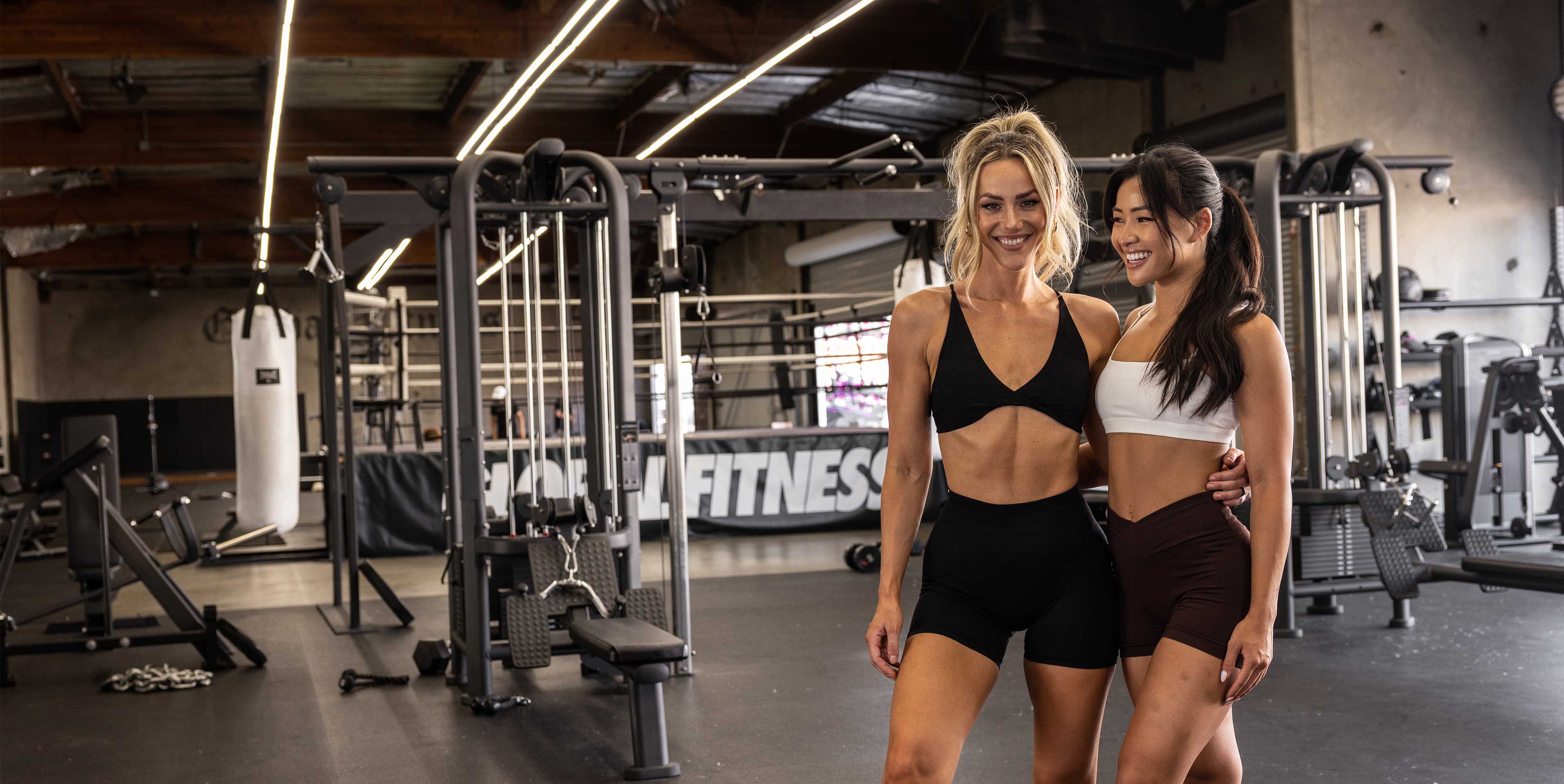When it comes to making improvements in strength with your workout program, there are many training variables to consider. Exercise selection, weight lifted, reps performed, sets completed, rest taken, and frequency of training are all vital factors that go into determining just how strong you become.
Two of the most important factors that have great influence on your progress are frequency and volume. Without sufficient levels of both, you’re unlikely to see progress, but at the same time, overdo either of these and you could run into trouble. Especially when it comes to strength training, if your central nervous system becomes overworked, very little, if any progress will be made.
So what’s the tradeoff? Should you aim for frequency or volume during your workout week? Let’s assess this conundrum.
The Case for Frequency
Many will argue that in order to see excellent strength gains, a high frequency of training is essential. People in this group tend to only do a few sets per workout, but hit that same exercise and muscle group a few times per week.
For example, they might hit bench, squats, and rows on Monday, Wednesday, and Friday, then hit deadlifts and pull-ups on Tuesday and Thursday. Each day they’re only doing two or three working sets, thus there isn’t a very high accumulation of fatigue, which allows them to train the same muscle multiple times in a week.
The outlook with this approach is that with doing just a few sets per workout, you avoid overly taxing the muscle and keep the body feeling “fresh” and not run down. This allows you to give 110% to each set that you complete.
The Case for Volume
On the other hand, you have the proponents for volume. These people are of the thought process that it’s better to hit each main lift hard, using a lot of volume when you do it, and then allow for a longer time for rest, recovery, and adaptation.
These trainees might only hit squats, bench, and rows on Monday and Friday, and then hit deadlifts and pull-ups on Wednesday. On the following week, they reverse that cycle to ensure a good balance is maintained.
While they aren’t hitting each lift as frequently, they’re doing five or more sets of each lift in every session they do. And each set is taxing on the body, so they really push their body to the limit.
The thought process behind this approach is that by doing so much volume per session, you can essentially come very close to overreaching your body. Then, when you back off and thoroughly rest that muscle, your body will overcompensate and make progress in terms of your strength.
Finding Your Perfect Game Plan
So which is the right approach? In many cases, there’s no right or wrong method when it comes to making personal progress or the sport of weightlifting. More so, it’s about what’s right for your situation and your body.
For the factors above, there are two main considerations that will go into determining which approach you should use:
- Your training experience
- Your recovery ability
When looking at your training experience, beginners are better suited to hitting the muscle groups frequently with lower volume. The reasons for this are quite straightforward.
First, they likely won’t be lifting a very high amount of weight. Sure, what they’re lifting is heavy for their strength level, but there is a big difference between stressing the body with 100 pounds compared to 500 pounds in terms of overall wear and tear on the muscles, joints, tendons, and ligaments. For a beginner, the 100 pounds may tire them out as it’s challenging to their body, but it doesn’t require the same degree of recovery for the joints, tendons, and ligaments as 500 pounds does.
Once you have the strength and skill level to be able to lift 500 pounds, you’re going to find that you simply can’t hit those big compound movements with that weight very frequently. If you try, you’ll wind up injured in no time.
The second reason this is a better approach for beginners is that they likely won’t be able to handle as much volume per session. This is simply due to their training age. As you become more experienced with weight lifting, your body will be able to tolerate a higher volume per day, thus, you’d be better suited to the latter set-up as described above.
The second factor that goes into determining your best approach is your recovery ability. Can you recover quickly from day to day? Some people simply can’t. Various factors can affect this such as training age (how old you are), how much stress you have going on in your day to day life, what your sleep habits are, how well your nutrition is lined up, and so forth.
If these factors aren’t optimal, you may not be able to perform intense training on all five days of the week. Your central nervous system (CNS), as well as your muscular system, may not tolerate it. In that case, a higher volume per workout, with less frequency may be the better option as well.
The debate between frequency and volume in terms of building strength has been long-lasting. Keep in mind that this goal is slightly different than that of building muscle (hypertrophy), so the factors may change if that’s your goal. Hypertrophy isn’t going to demand maximum intensity sets in terms of sheer weight lifted like strength training does, therefore it won’t be quite as taxing on the CNS and the recovery curves will be different.
At the end of the day, you really need to always look at the bigger picture, which is your own individual characteristics and abilities to determine the optimal approach for you.


